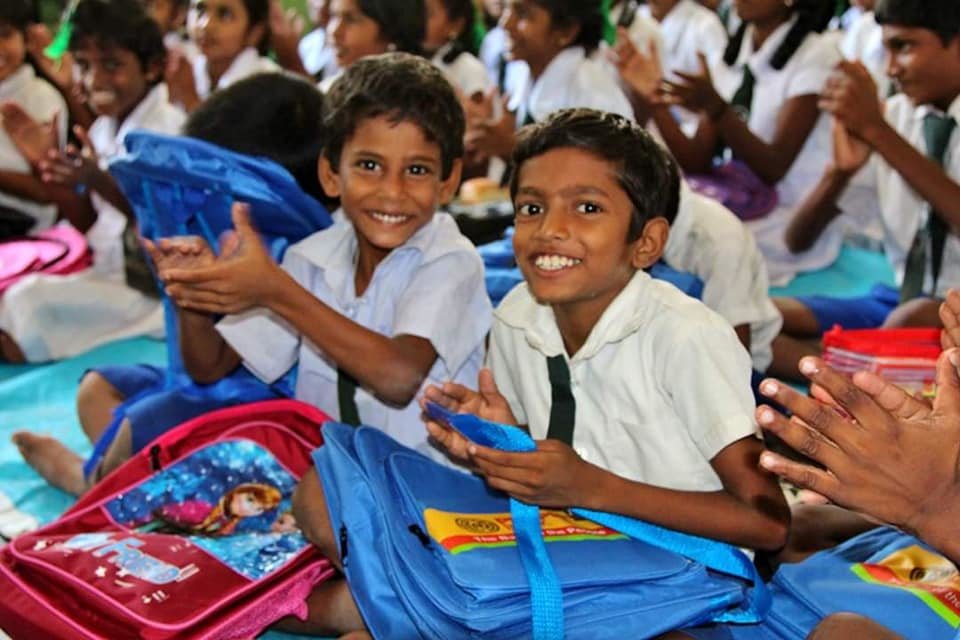
Sri Lankan village schools are community-centered institutions that play a vital role in rural life. These schools, often modest in structure, provide education to children in remote areas. The curriculum focuses on both academics and moral values, with an emphasis on respect for culture and community. Teachers, often from the local area, foster a strong sense of belonging. Village schools are not just places of learning but also serve as hubs for social gatherings and cultural activities.
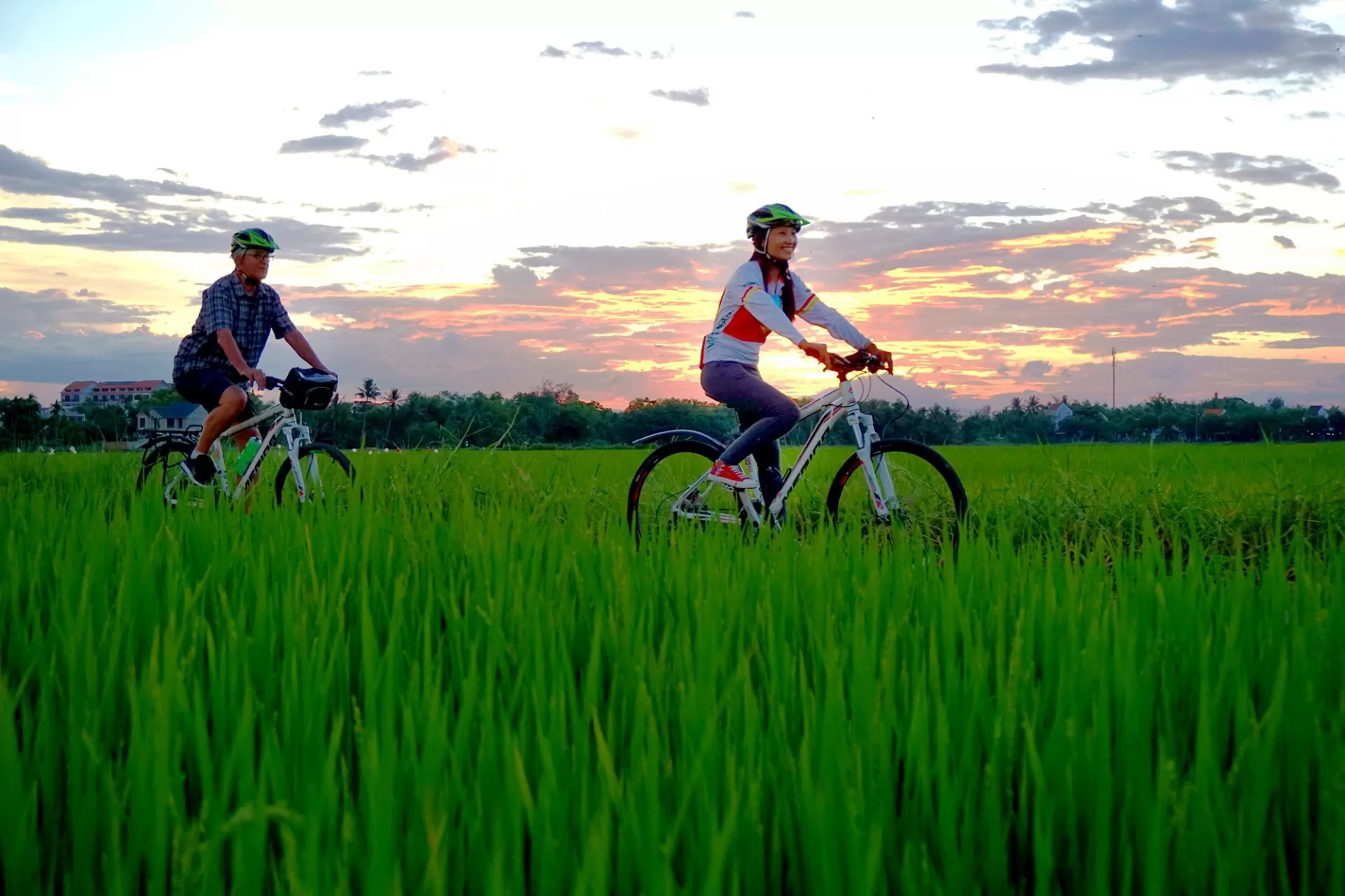
Paddy fields in Sri Lanka are a significant part of the country’s agricultural heritage. Known for their vibrant green landscapes, these fields are mainly used for cultivating rice, the staple food. Farmers use traditional irrigation systems, including ancient tanks and canals, to manage water flow. Paddy fields not only support the local economy but also contribute to the biodiversity of the region, attracting various species of wildlife.
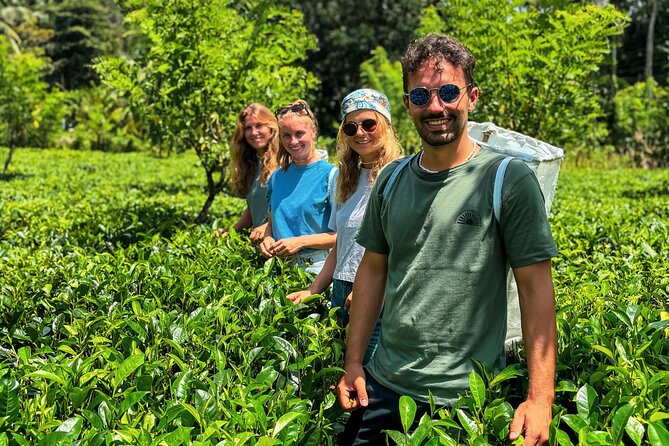
Sri Lanka, known as Ceylon, produces world-famous Ceylon tea, grown in its lush central hills. With varying altitudes, regions like Nuwara Eliya, Uva, and Kandy offer unique flavors. Handpicked and carefully processed, Sri Lankan tea is loved for its rich aroma and taste. Visitors can tour tea plantations, witness the process, and enjoy fresh brews straight from the source.
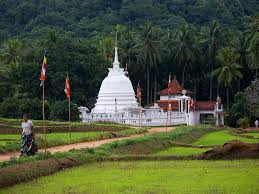
Village temples in Sri Lanka are peaceful spiritual centers, rich in history and culture. Surrounded by nature, they feature ancient stupas, serene Buddha statues, and vibrant murals depicting Jataka tales. These temples serve as community gathering places for meditation, rituals, and festivals. Visiting a village temple offers a glimpse into Sri Lanka’s deep-rooted Buddhist heritage and simple village life.
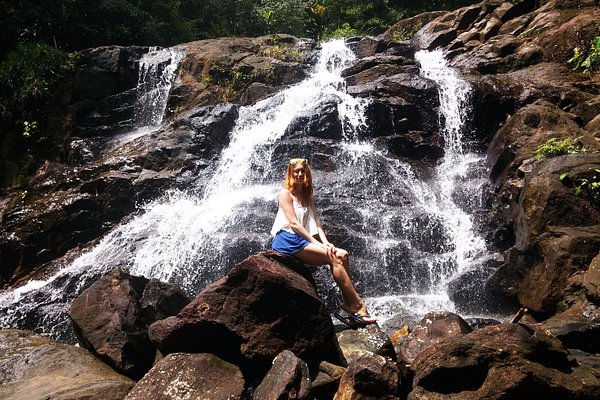
Sri Lankan villages are home to numerous canals and streams, vital for agriculture and daily life. These natural and man-made waterways provide irrigation for paddy fields, support freshwater fishing, and sustain local biodiversity. Flowing through lush landscapes, these serene water bodies also enhance the scenic beauty of rural Sri Lanka and offer a peaceful retreat for both locals and travelers alike.